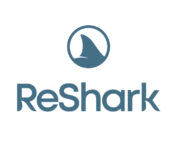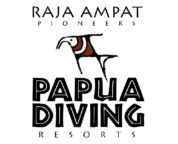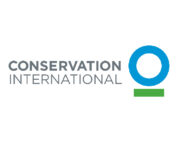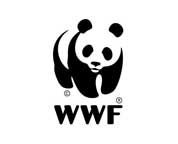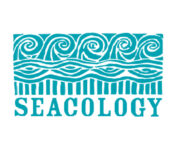Operating in Raja Ampat requires us to make heavy use of our boats. We are always trying to decrease our ecological footprint. Therefore, we have been working hard these past months on our new catamarans. The advantages of using catamarans over more common monohull boats are numerous.
Catamarans use less fuel. The area where the water touches the hull is called the wetted area. The wetted area causes friction, since the boat has to push its way through the water. More friction requires the engines to work harder and thus they consume more fuel. Catamarans have smaller wetted areas and therefore consume less fuel.
Catamarans are unsinkable. Even when the deck is fully loaded with passengers and scuba gear, its natural buoyancy causes them to always stay afloat, even in harsh weather conditions.
Catamarans are stable and safe. Because they have two hulls, catamarans have less heeling then monohull boats. This causes less seasickness for passengers and makes it saver for heavy scuba gear to be stowed away. Since the two hulls both contain an engine, there is always a backup when one fails.
Catamarans can operate in shallow waters. Because of their width, they require a smaller draft (the distance between the waterline and the keel) to stay stable.
Our catamarans are being built here in Papua by our own craftsmen and they are made of fiberglass, which is a very strong and readily accessible material. Since its main ingredient is glass, and glass is made from sand, an abundant and natural resource, this is a sustainable solution.
A 3D impression of one of the catamarans can be seen here.
The diesel-powered designs we are building have as power source the newest, lowest emulsion level engine design available (Kubota) on the market today.
This is in contrast to the most commonly used dive tender, which uses a two stock engine design dated back 40 or more years and which is banned from being sold in most countries due to their high carbon footprint. The fuel savings (not taking the much lesser emulsion factor into consideration) are staggering: from 50 liters of petrol mixed with two liters of two-stroke oil to 14 liters diesel per same distance. Since the diesel catamaran designs we build use very much less fuel, we estimate that the fuel savings at Papua Diving and the RARCC will be 11.232 – 16.848 liters per boat on a yearly basis. This means savings of between 10.760 – 16.140 Euros per year.
We are also developing fully electrical powered catamarans. By replacing fuel by the rays of the sun, we will save 14.950 – 22.425 Euros per year.
The money savings (besides lower total carbon output) per investment in diesel-powered catamarans is at the moment better compared with the investment in electrical powered catamarans. This is, however, changing fast and we work together with designers of the engines, the batteries, and the solar panels. We are also studying and communicating with fuel cell design companies.
Whereas economic benefits are one of our considerations, we are driven even more so by environmental considerations. We recognize these boat design changes are the best investment towards more sustainability we have made to-date. Besides, our guests will have a better boating experience.



